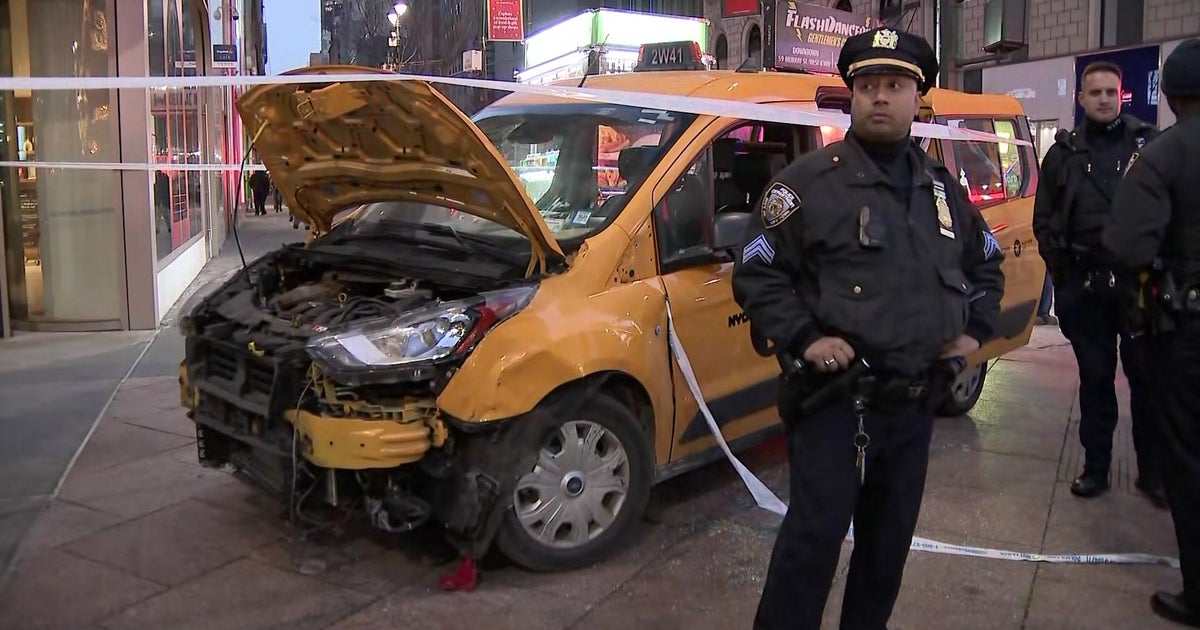Can Football Helmet Technology 'Sense' Danger?
NEW YORK (CBSNewYork) -- All it takes is one big hit.
As CBS 2's Cindy Hsu reported, a growing number of schools are turning to technology to identify concussions as soon as they happen on the football field. But the technology might not always be reliable, researchers found.
Eric Sweeney, a 13-year-old football player, suffered a concussion a few weeks ago making a tackle.
"Shocked," he described. "It felt all fuzzy in the back of my head."
Despite feeling fuzzy, Sweeney wanted to stay in the game. But he was stopped by a concussion sensor worn under his helmet.
The light is supposed to flash yellow after a moderate impact to the head and red after a severe one. The devices are marketed as a way to help coaches and parents measure whether a hit is too hard.
Scientists at Virginia Tech University's bioengineering lab are trying to find out how well the sensors work.
They found that hits to the helmet that would be "well into the range of a concussion" did not always prompt a red -- or even yellow -- light on the sensor.
"This really kind of underscores that we need to do testing," one researcher said. "We need to understand what we're measuring when they trigger, when they don't, so that parents can have a better understanding of what information they're getting back."
Researchers will release their results in the coming months.
Disclaimers on the sensors note that they do not diagnose conditions.
In Sweeney's case, a doctor did diagnose him with a mild concussion, sidelining him from football for three weeks.
"Without (the sensor), I might have gone back in," he said. "The light definitely helps."
You May Also Be Interested In These Stories



